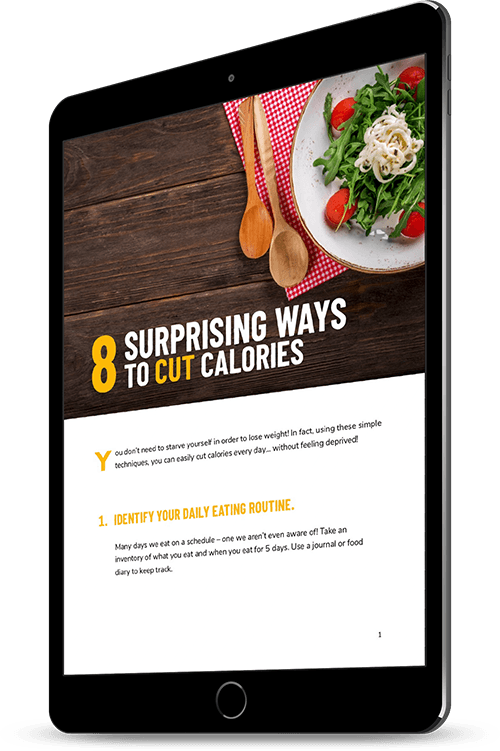Lesson Progress
0% Complete
- Reading Food Labels: Reading food labels can help you make informed decisions about the foods you eat. Pay attention to serving sizes, calorie counts, and nutrient content, and look for foods that are low in added sugars, saturated fats, and sodium. Choose foods that are high in fiber, vitamins, and minerals.
- Healthy Food Swaps: Making simple swaps can help you make healthier choices without sacrificing flavor or satisfaction. For example, swap white bread for whole-grain bread, soda for sparkling water, and potato chips for air-popped popcorn. Look for healthier alternatives to your favorite foods and experiment with new recipes and ingredients.
- Meal Planning and Preparation: Planning and preparing your meals ahead of time can help you make healthier choices and avoid unhealthy fast food or takeout options. Spend some time each week planning your meals, writing a shopping list, and preparing healthy snacks and meals in advance. This will help you save time and money and ensure you always have nutritious options on hand.
Practical Exercise:
- Grocery Shopping Challenge: Go grocery shopping with a list of healthy foods and ingredients and try to stick to your list without being tempted by unhealthy foods. Practice reading food labels and comparing different products to make informed choices about the foods you buy.
Additional Resources:
